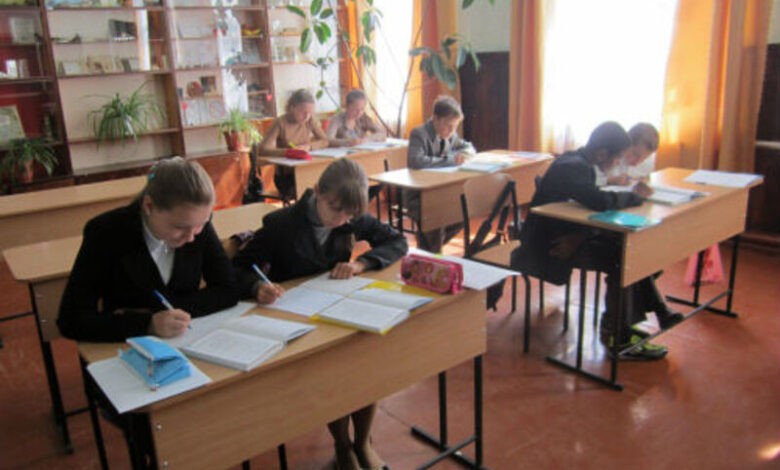From September 1, 2025, the government will not finance small schools

Ukraine is preparing for a large-scale reform, which has caused a wave of discussions, disputes and even indignation in society. From September 1, 2025, small schools with fewer than 45 students will lose state funding. The decision of the Cabinet of Ministers is aimed at optimizing the education system and improving the quality of education, but it has already divided the public into those who see it as a chance for development, and those who fear the decline of rural education.
The government’s decision regarding understaffed schools
The government explains this step by the desire to ensure children’s access to better education. Larger schools have more resources, better facilities and a more diverse teaching staff, which creates more opportunities for students. The Ministry of Education and Science of Ukraine emphasizes that studying in understaffed schools often deprives children of full-fledged development. When there are only 5-6 students in a class, they have limited opportunities to interact, compete, learn from each other and develop socialization skills.
Another problem of such schools is the lack of professional teachers. Teachers are often forced to teach subjects that do not correspond to their specialization, or work part-time, which affects the quality of education and the level of motivation of teachers. All this, according to the Ministry, is reflected in the low results of students on external independent assessment and international tests such as PISA.
However, the decision to stop funding such schools raised many questions. Critics of the reform believe that it may lead to the closure of many educational institutions in rural areas, where there is simply no alternative to understaffed schools. For many children, this will mean having to travel a considerable distance to the nearest school, which can be a serious obstacle, especially in winter or in conditions of poor transport infrastructure.
Local authorities were given the opportunity to independently decide the fate of such institutions. If the community has the will and resources, it can continue to finance schools from its budget. At the same time, the government emphasizes that the decision will not affect primary and special schools where children with special educational needs study. This is intended to protect the most vulnerable categories of students.
The main goal of this reform
The main goal of this reform, according to its initiators, is to create conditions where all children, regardless of their place of residence, will receive an equally high-quality education. Large schools have better opportunities for introducing modern educational methods, organizing clubs, sports sections and cultural events. The government hopes that the reform will encourage communities to optimize the educational network by creating supporting schools with developed infrastructure and transport accessibility.
However, skeptics emphasize that the reform may lead to further depopulation of rural areas. The closure of schools can become another argument for young families to leave the villages in favor of the cities, where educational prospects for children look more attractive.
Intense discussions about the future of Ukrainian education continue in society. On the one hand, it is obvious that the quality of education in many low-capacity schools does not meet modern standards. On the other hand, it is important to take into account the realities of life in villages, where the school is often not only an educational but also a social center of the community. Instead of the expected increase in the level of education, there may be a risk of isolation of children who will not be able to attend schools due to lack of transport or other objective reasons.
The decision to stop funding low-enrollment schools is one of many steps in the direction of reforming the education system. But whether this step will be a positive development or will increase the problems of inequality – only time and the ability of local authorities to adapt to new conditions will tell.





